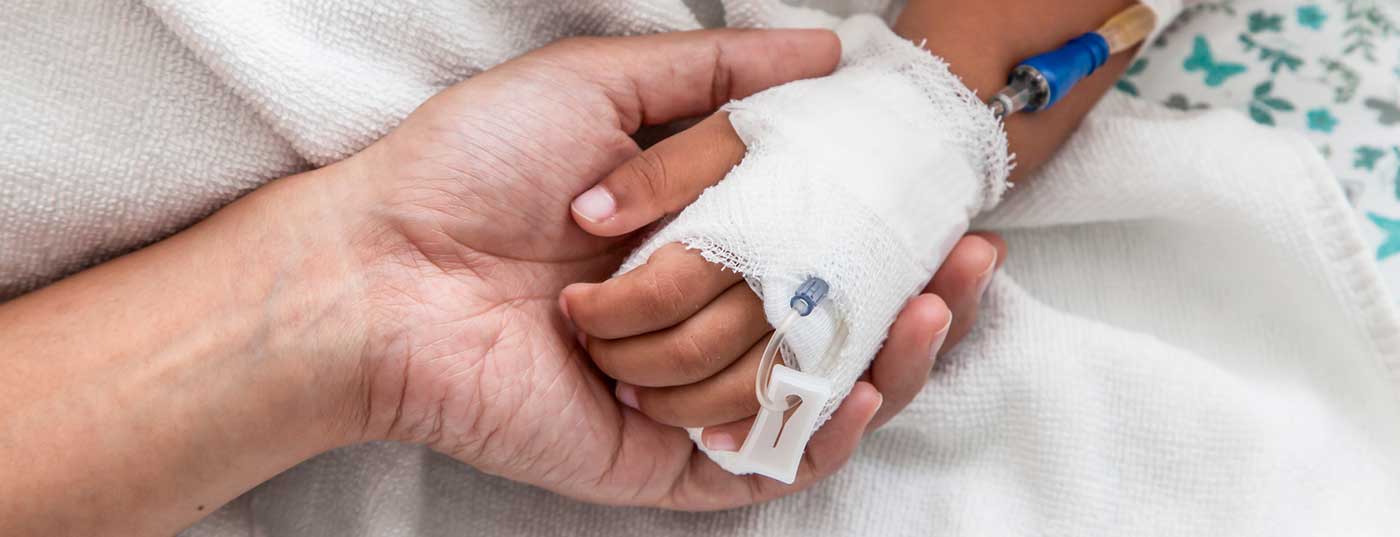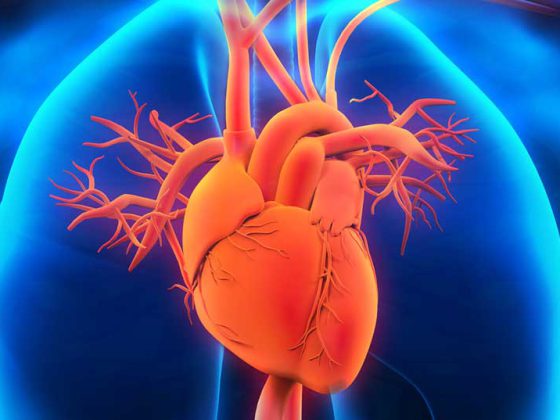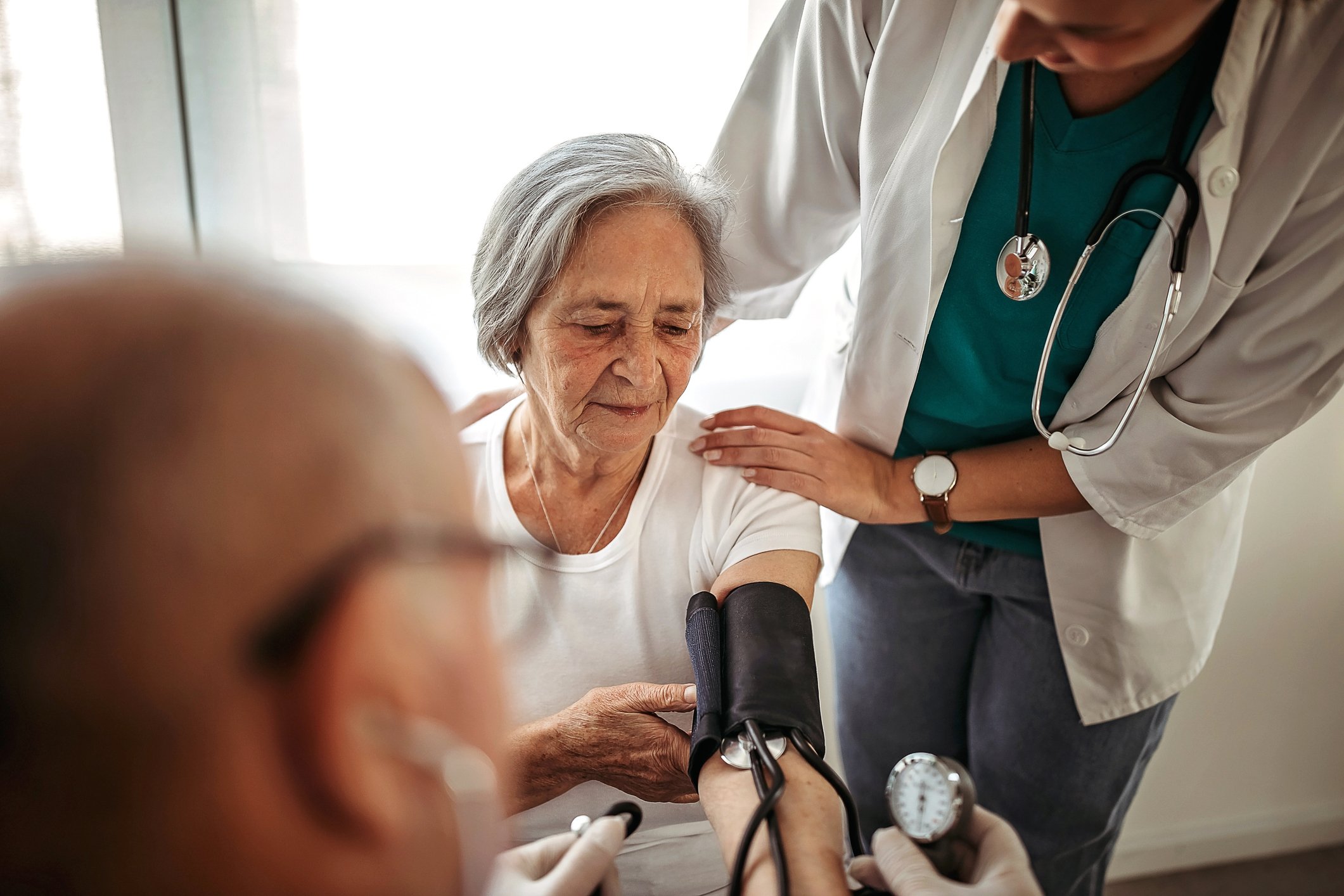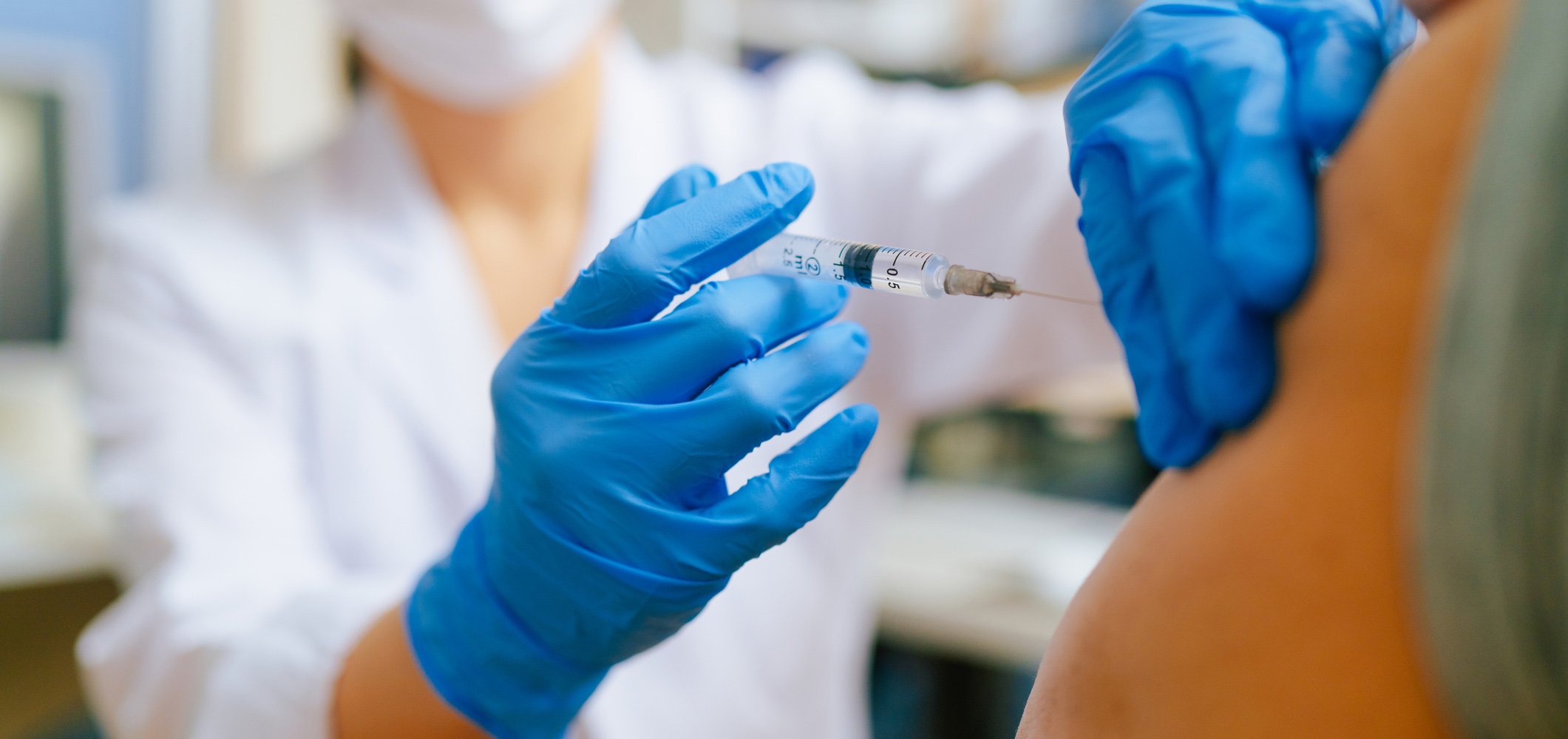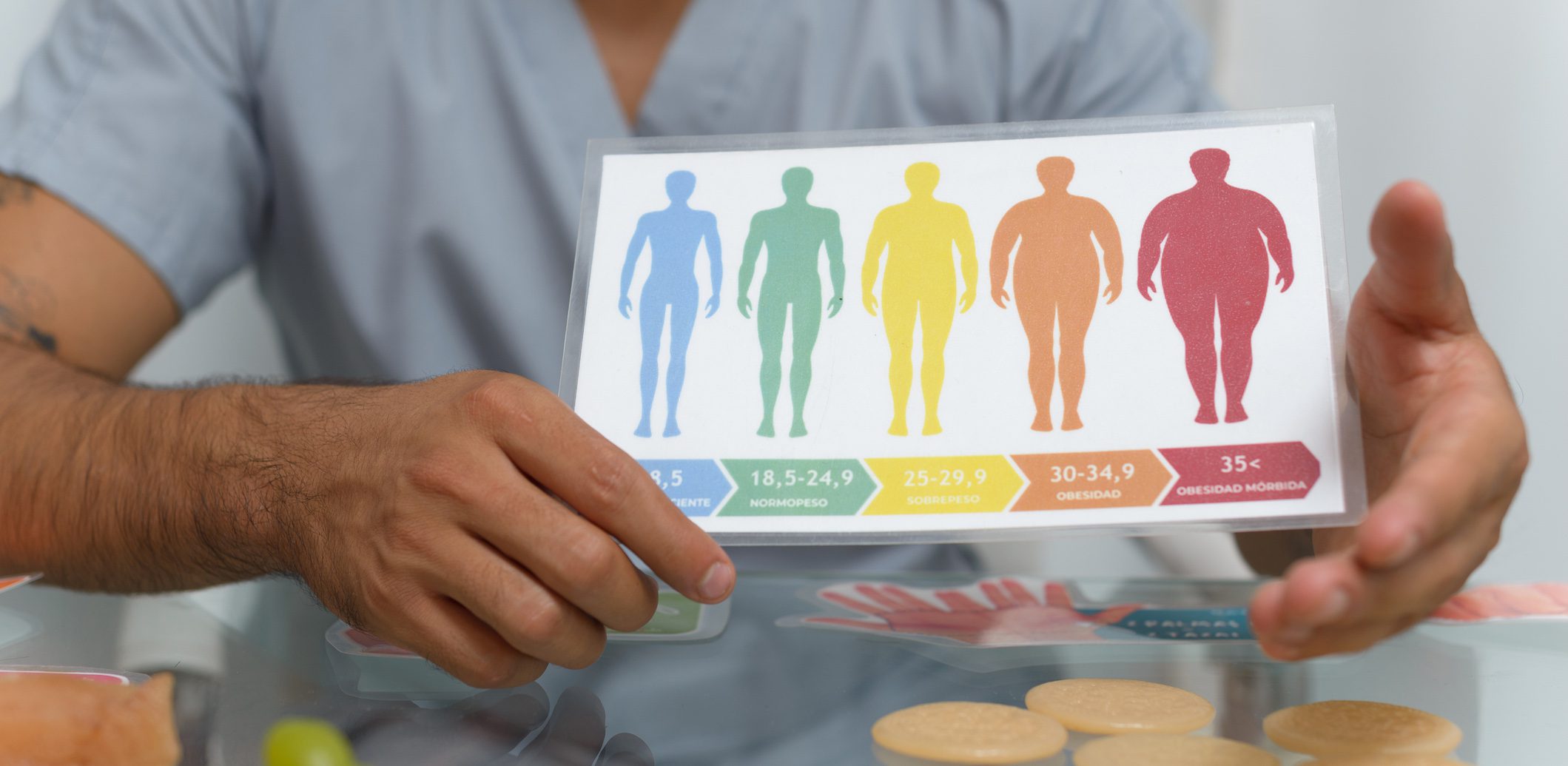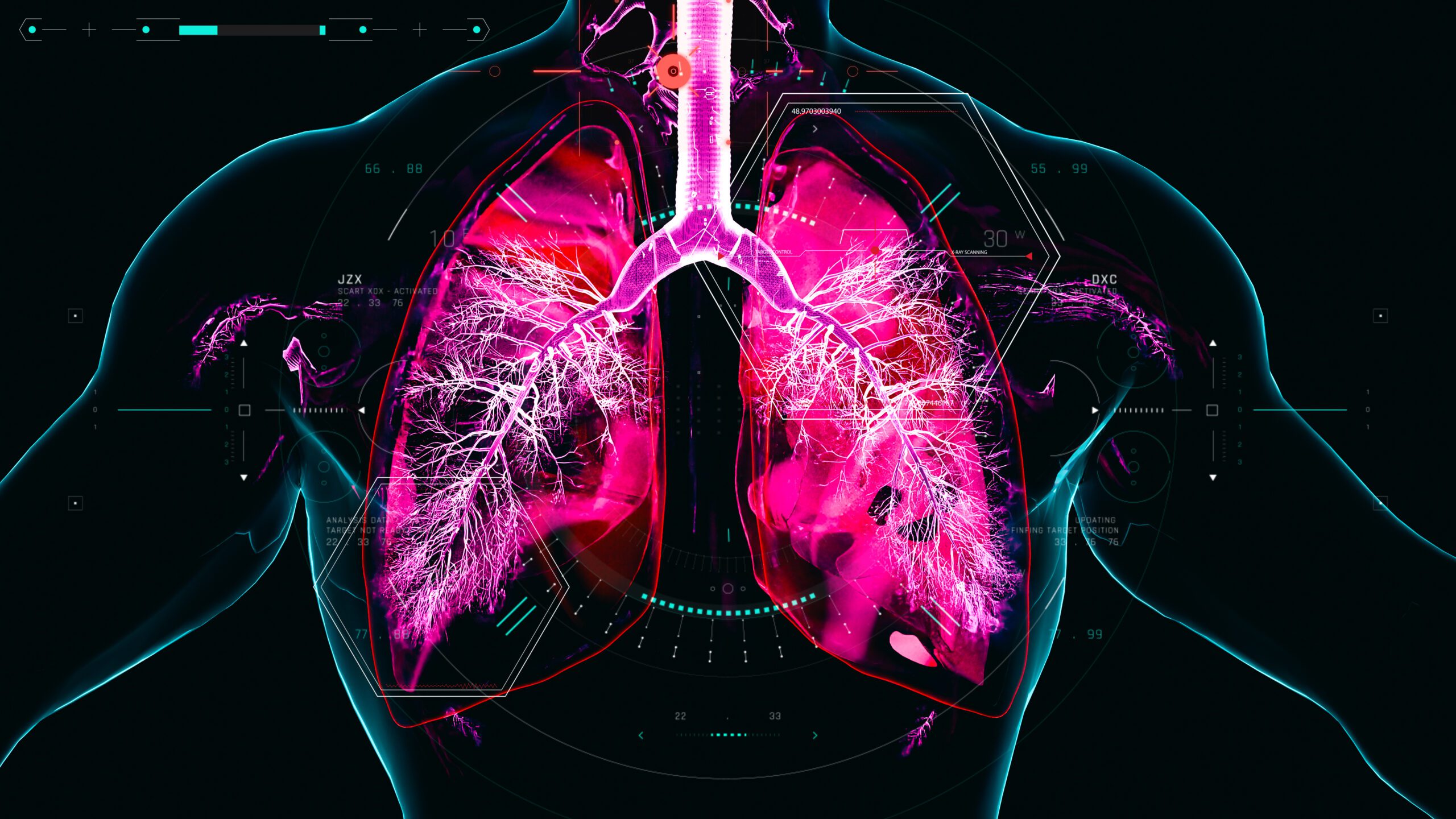Postoperative pain and pain-related impairments are still inadequately treated in many cases, not only in adults but also in children. In an analysis of pediatric patient populations, a group of researchers described variables associated with the desire for more pain management after appendectomies (AEs) and tonsillectomies (TEs).
This was based on data from the PAIN OUT infant registry, write Prof. Frank Stüber, MD, Prof. Ulrike Stamer, MD, Kyra Bernhart, and Maria Setzer of the Department of Anesthesiology and Pain Management at Inselspital Bern, and colleagues from Jena, Germany. Children aged 4 years and older with either appendectomy or tonsillectomy were prospectively included in the analysis. Several clinical variables were evaluated (opioids, non-opioid analgesics, NOPA, preoperative, intraoperative, recovery room, ward) as well as the results of a standardized patient questionnaire with yes/no answers on pain-related impairments and side effects, which was answered on the first postoperative day (Faces Pain Scale revised). The primary endpoint of the study was “desire” vs “no desire” for more pain medication (statistics: median (IQR); MW (95% CI); regression analysis: elastic net regularization with “desire” as the dependent variable).
NOPA preoperatively = less analgesic desire.
472 (according to AE) and 426 (according to TE) children from four European countries took part. 51.2% of them were girls the average age of the children was 9.5 ± 3.8 years the operations lasted on average 45 ± 26 min. After AE, 24.8% and after TE, 20.4% of children expressed a desire for more analgesics, with children with desire reporting more severe pain, more frequent pain-related sleep disturbances (67% vs. 29%; p<0.001), more nausea (38% vs. 27%; p=0.002), and more vomiting (25% vs. 15%; p<0.003). Children with desire required more opioids postoperatively (morphine equivalents 81 (60-102) vs. 50 (43-56) µg/kg; p<0.001). However, they were less likely to be given two or three preventive non-opioid analgesics of different drug classes before the end of surgery (17% vs. 29%; p=0.02) (Fig. 1).

The results of the regression analyses performed separately for AE and TE showed that a pain-related nighttime awakening increased the probability of “wish” by 2.8- and 3.5-fold, respectively; a one-point increase in pain score by 1.4- and 1.3-fold, respectively (Tab.1). For TE, the lack of administration of preventive non-opioid analgesics compared to the administration of at least two non-opioid analgesics of different substance classes had a significant impact on the “desire” for more analgesics with an OR of 3.5 (95% CI 2.1-6.5; p=0.02). If only one non-opioid analgesic was given preventively, the probability of “wish” doubled (OR 2.0; p=0.02).
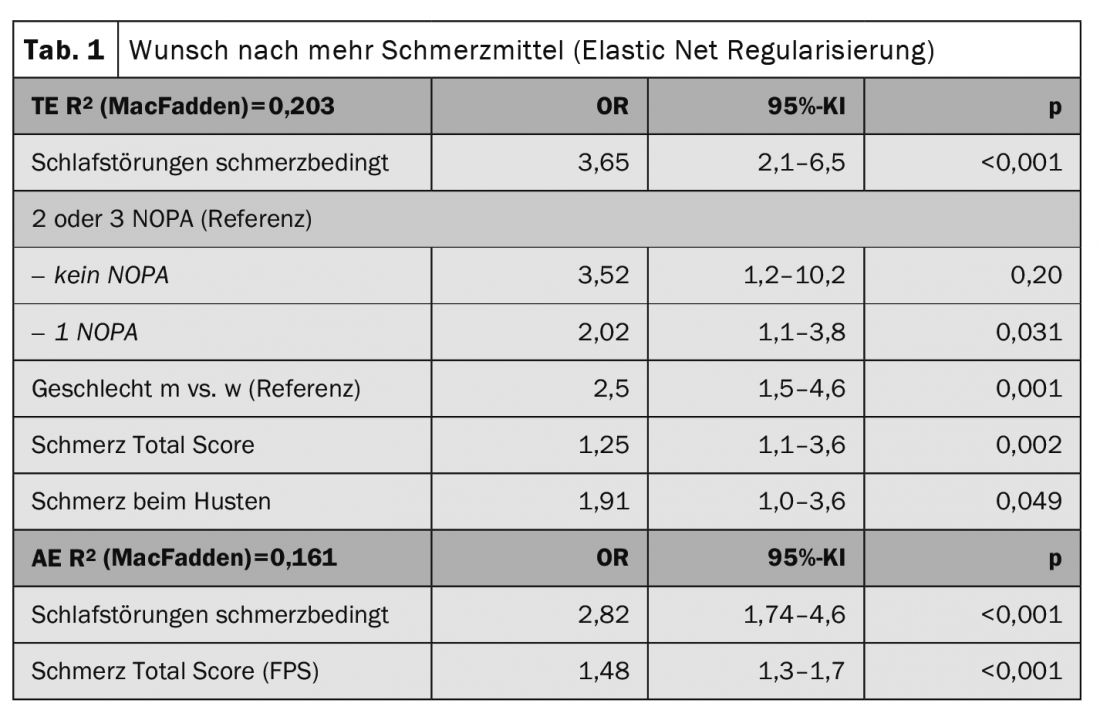
The models for TE and AE explained 16% and 20% of the variance, respectively, for the dependent variable “desire for more pain medication,” the authors write. Pain-related awakening on the first postoperative night was the variable with the greatest impact for both interventions. Preoperative or intraoperative administration of at least two NOPA of different substance groups (NSAID, metamizole, acetaminophen) contributed to better analgesia, with fewer children seeking additional analgesics. Preoperative or intraoperative NOPA were used less frequently in AE, but the same tendency toward better outcome (n.s.) was seen as in TE.
The researchers concluded that the preventive administration of at least two non-opioid analgesics of different substance groups is a measure that can be easily implemented in clinical practice. The use of (higher) opioid doses for postoperative analgesia, on the other hand, should be questioned.
Summary
- Pain-related sleep disturbance and severe pain were associated with a desire for more pain medication.
- Lack of administration of NOPA of different substance groups increased the risk of “wish” by 3.5-fold compared with pre/intraoperative administration of 2 or 3 NOPA in TEs.
- The administration of at least two NOPA of different substance groups is a measure that can be easily translated into clinical practice.
- The use of (higher) opioid doses for postoperative analgesia should be questioned.
– German Pain Congress 2020 (online)
Source:
- Bernhart K, et al: Pain-relevant outcome after pediatric surgery: What determines the desire for more analgesics? German Pain Congress 2020 (online); PO001.
InFo PAIN & GERIATRY 2020; 2(2): 26-27 (published 10/12/20, ahead of print).


